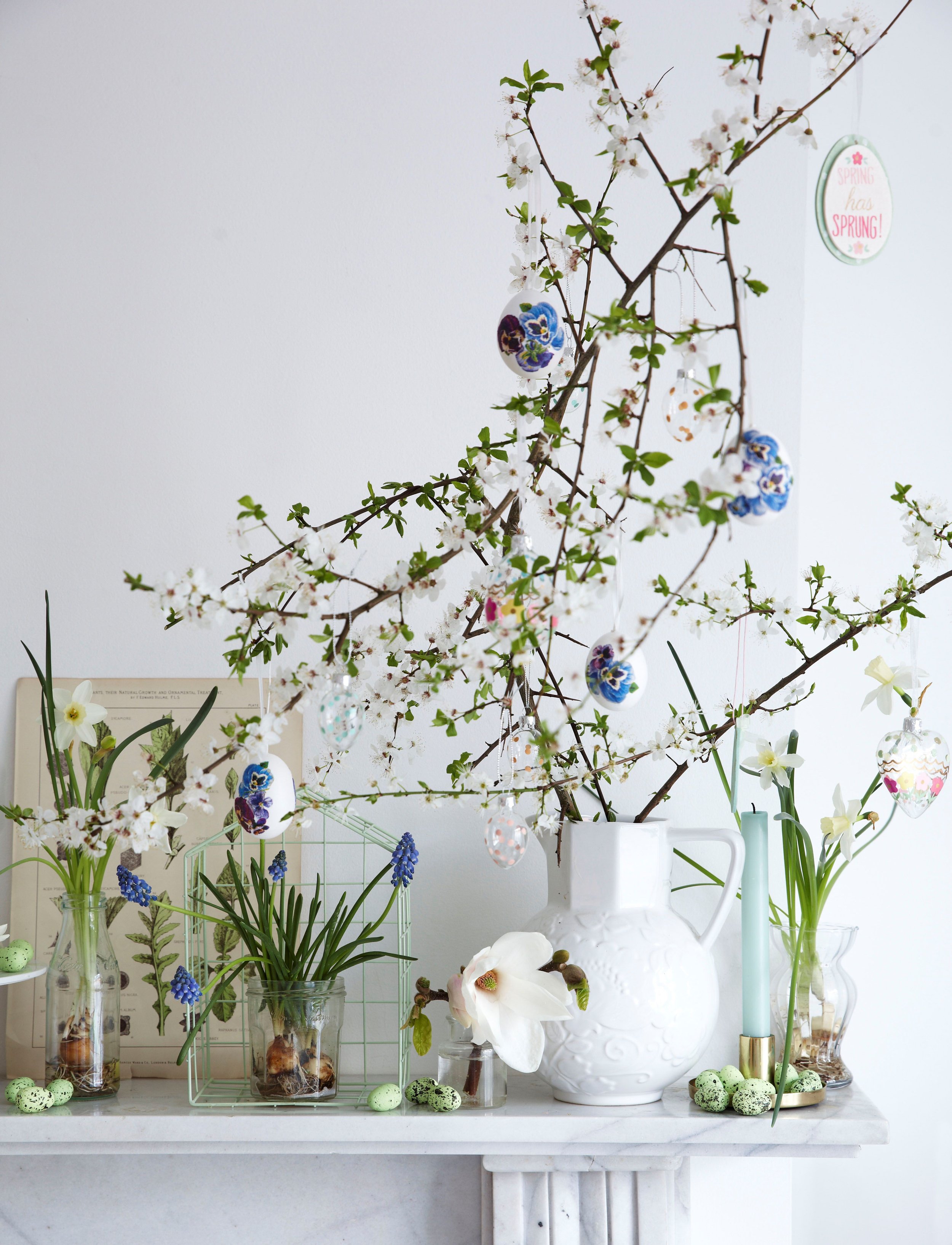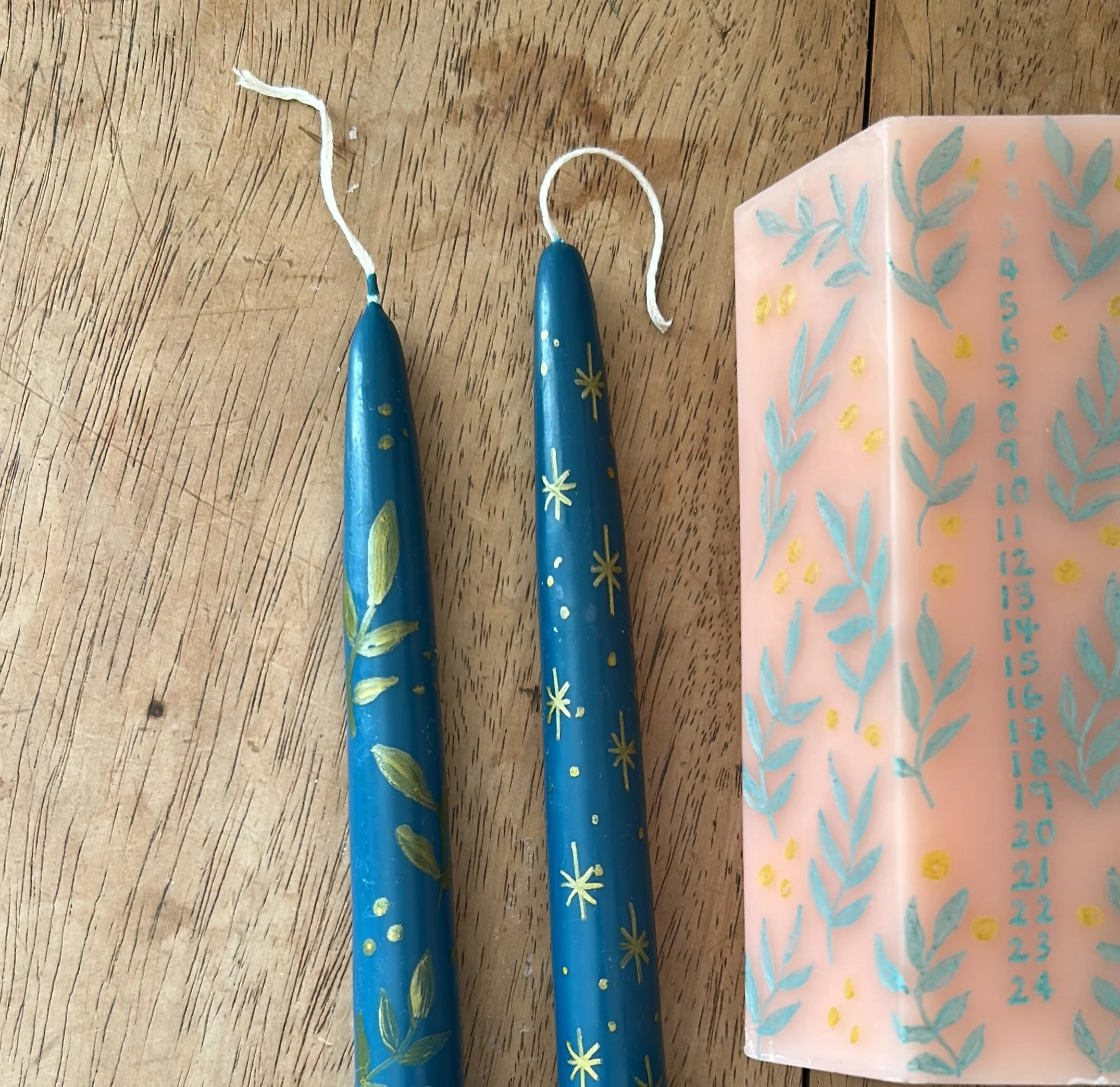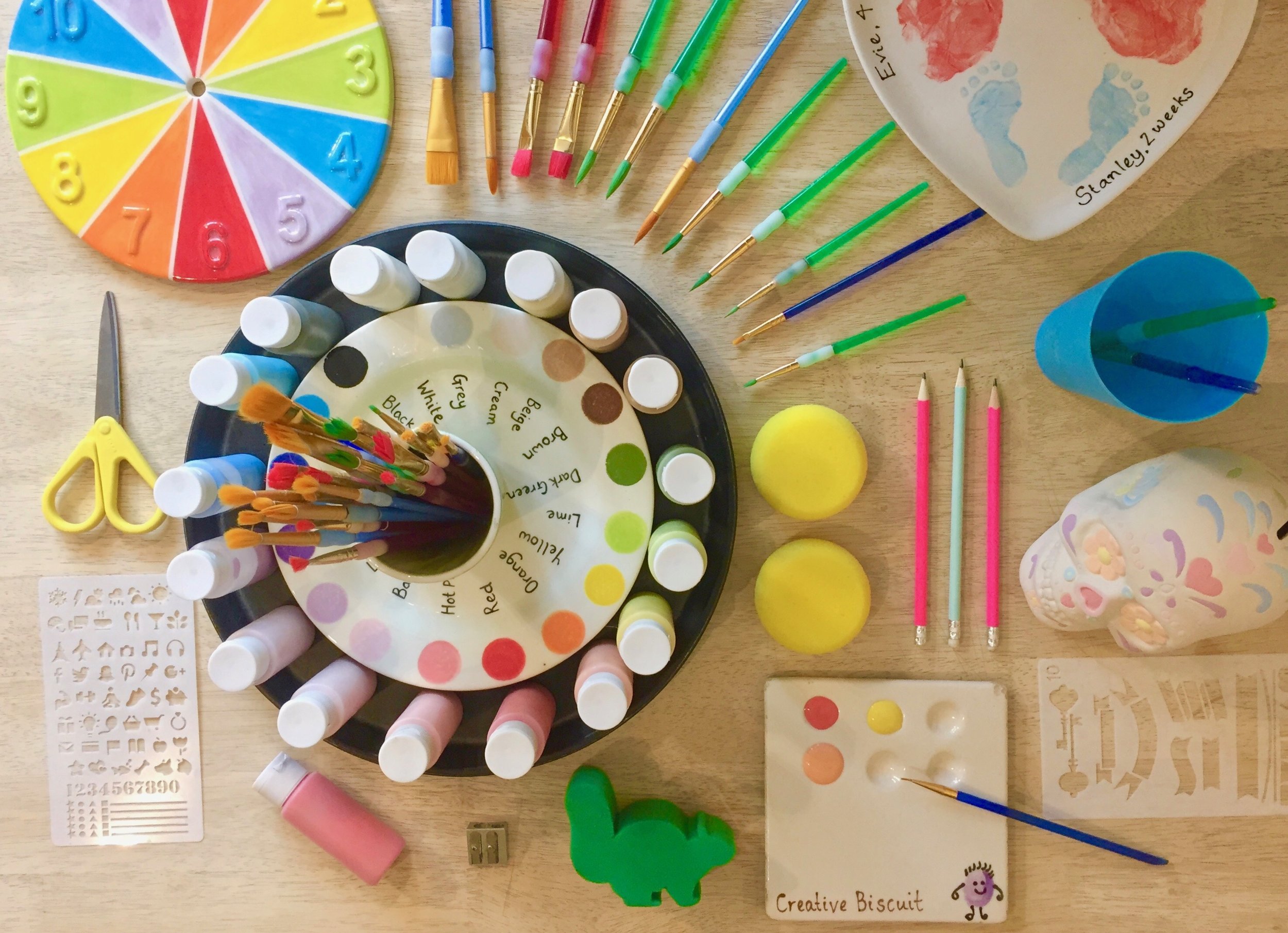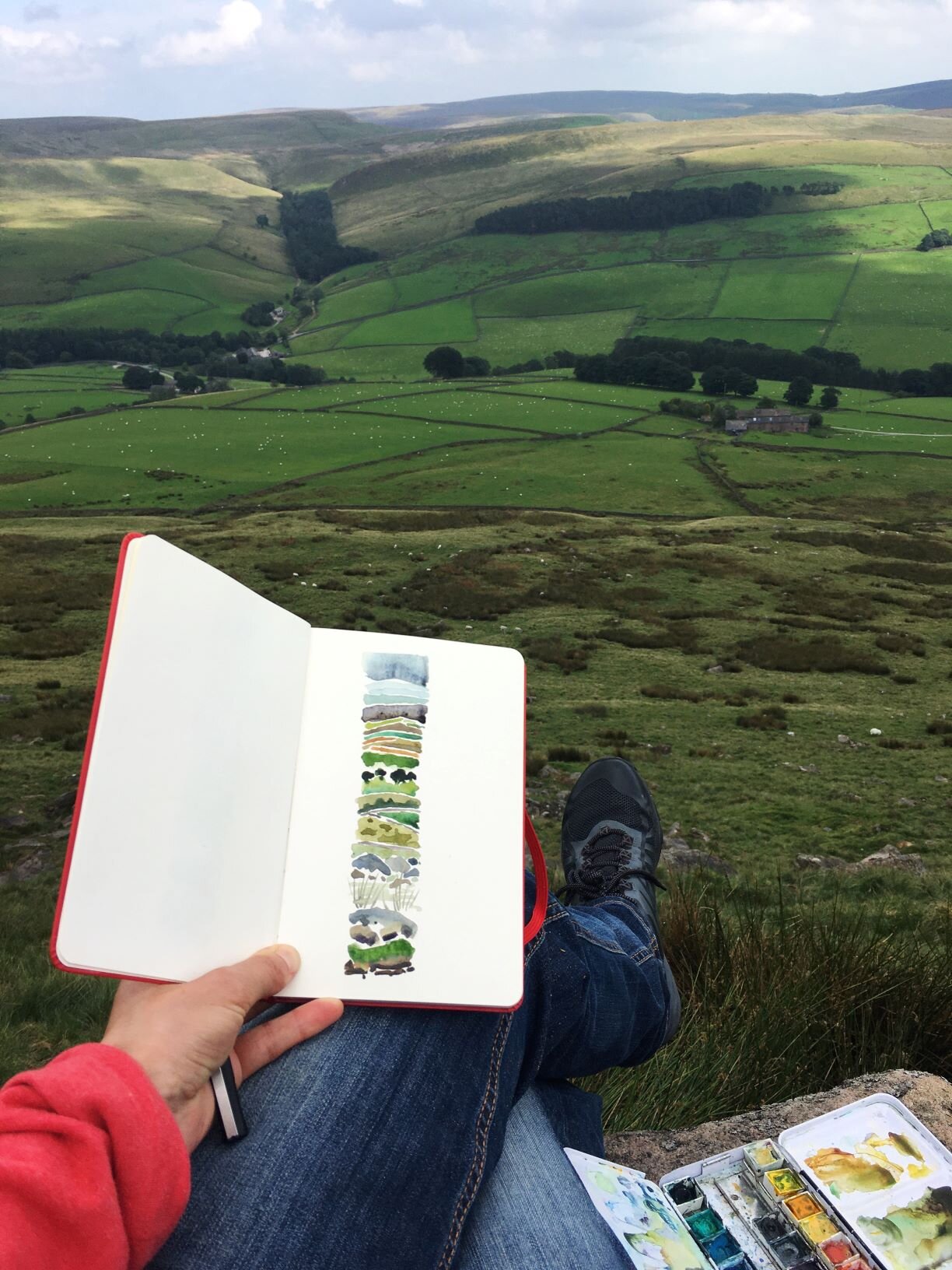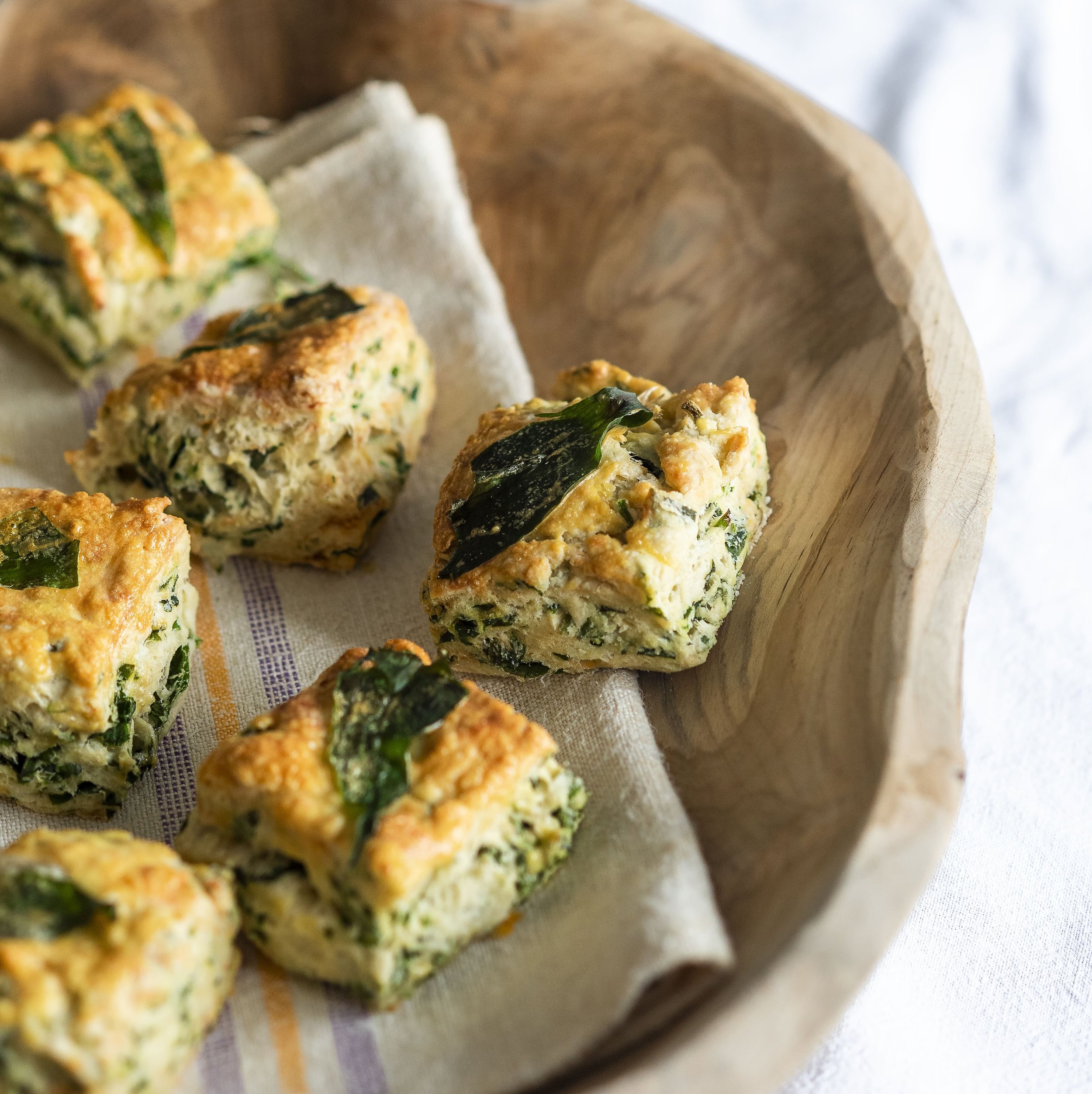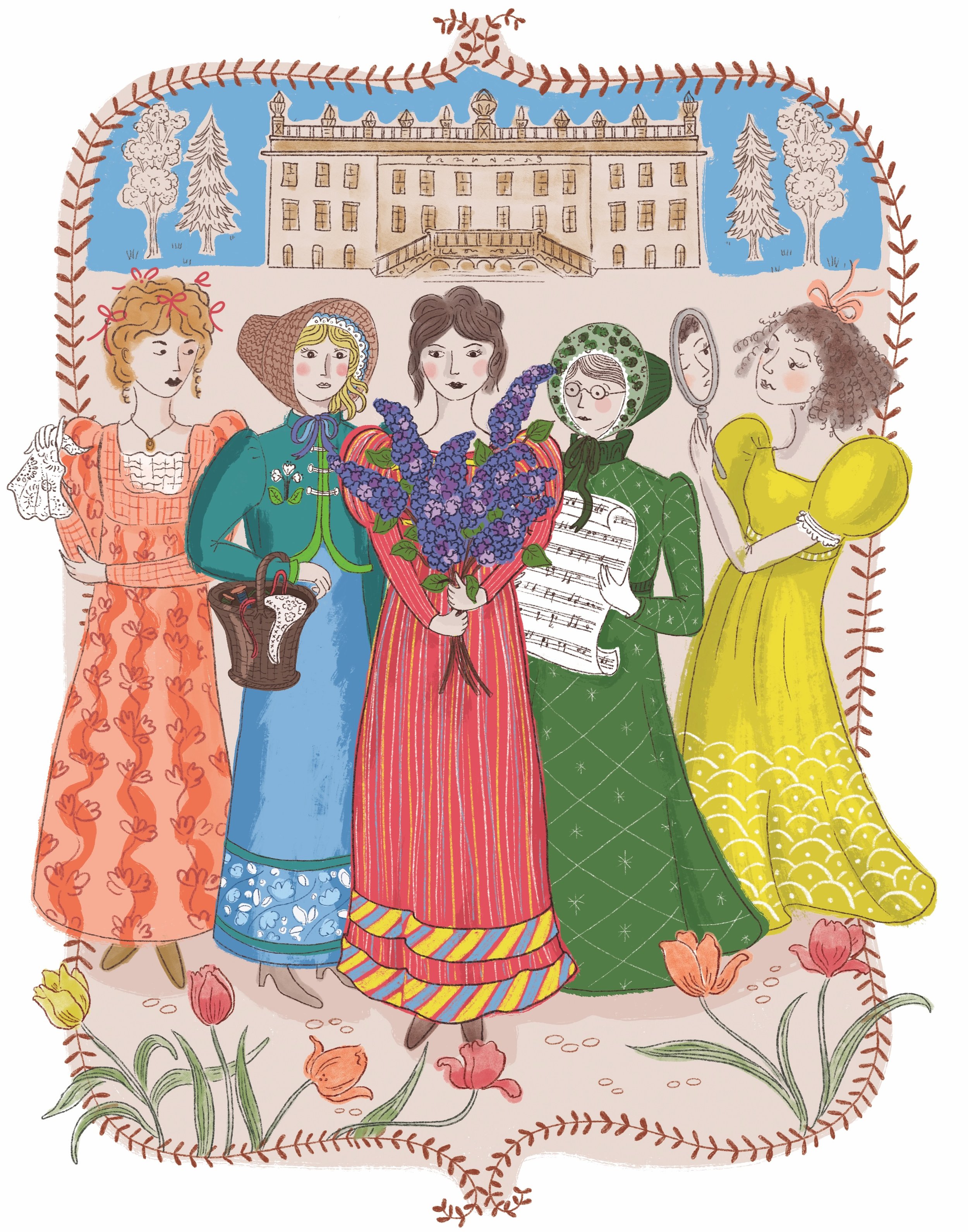This year marks the author’s 250th birthday and to celebrate we’re finding ways to live a life more Jane. Bonnets at the ready…
1. Start your day productively
Austen rose each day and played piano before making breakfast. We’re not saying you should also sit at the pianoforte before your Weetabix, but ‘doing something’ each morning is a great way to begin a productive day. If yoga mats had been a thing then we daresay Jane might have done some sun salutations or a few stretches. Or you could simply read a few pages of a book over a cup of tea. Austen’s niece, Caroline, describes her aunt’s morning piano practice: “Aunt Jane began the day with music tho’ she had no one to teach, was never induced (as I have hear) to play in company; and none of her family cared much for it. I suppose, that she might not trouble them, she chose her practising time before breakfast when she could have the room to herself.” So there you have it, rise early and get your hobbies done and you won’t have to listen to anyone else complaining about them.
2. Get really good at cup and ball tossing
All great writers need an ‘escape’ hobby. Some go fishing, others tend their gardens… Austen got SERIOUSLY good at cup and ball tossing. Her nephew wrote in his memoir of his aunt: “Her performances with cup and ball were marvellous. The one used at Chawton was an easy one and she has been known to catch it on the point above an hundred times in succession, till her hand was weary.” We all need a niche to call our own.
3. Always sleep on it
When it comes to making big decisions, Austen learned that it was always worth sleeping on it. Two weeks before her 27th birthday, she received a proposal of marriage from Harris Bigg-Wither, a family friend. She accepted, but changed her mind overnight, breaking off the engagement 12 hours later. Probably for the best. Her niece described him as “very plain in person - awkward, and even uncouth in manner”. What a catch. Apart from anything, Pride and Prejudice by Jane Bigg-Withers just sounds all wrong. Anyway, whether you’re considering a proposal of marriage, or wondering which heritage tomatoes to plant in your allotment this year, sleep on it first.
4. Write letters by hand
Jane was a prolific letter-writer, penning thousands of missives throughout her life, of which only around 160 survive, sadly. There’s nothing like the joy of receiving a hand-written letter, and writing them is lots of fun, too, and will make you feel very Jane Austen indeed. If you want to go all in, you could write with a goose’s quill as Jane herself did. Envelopes did not exist at the time so letters were written on a single folded sheet and then cleverly origami’d into a sort of envelope. You can find out how to do this yourself on the Jane Austen’s House website.
5. Learn to fix everything with a good long walk
Austen described herself as a “desperate” walker and walking was very much part of her daily life; she regularly wrote of her perambulations in her letters. The importance of walking to her comes out in her characters, too. From Elizabeth Bennet to Mary Musgrove and the Dashwood sisters, walks represent freedom of mind and body as well as a useful way to pass the time, when days could drag a little. In Pride and Prejudice she writes that “A walk… was necessary to amuse their morning hours and furnish conversation for the evening.” Try to take a walk each day, even if you don’t venture too far, so that at least you can comment on the state of the new mounting blocks at Netherfield over dinner.
6. Swap your latte for a tea and your Hobnob for a Bath Bun
Tea, being less likely to cause young men in coffee houses to revolt against the government than coffee, tends to be the choice of Austen’s characters (though coffee does make appearances) but it is known that Austen was a great Tea Lover. As for something to take with one’s tea, Bath Buns were her favourites - little dough rolls, sprinkled with sugar, sometimes with candied peel or raisins in. The Jane Austen Literary Foundation has a good Bath Buns Recipe if your tin needs replenishing. Just serve them alongside a cuppa; we don’t believe Jane Austen was a dunker.
7. Relish the simple things in life
Aren’t we always being encouraged to appreciate the little things in life? Austen was at it centuries before wellbein’ was ‘a thing’. She wrote in her letters of some of her glimmers, including getting her hat repaired “on which you know my principal hopes of happiness depend!” and also wrote to her sister Cassandra in great detail about the minutiae of daily life: “You know how interesting the purchase of a sponge-cake is to me.” We can get right behind the joy of a mended hat and a good sponge cake.
If you need any more ideas for way to live a life more Jane, you might like some of the ideas on the Jane Austen’s House website for ways to celebrate 250 years since the author’s birth. We also have a very special ‘outing’ feature in our April issue. First take the quiz to discover which Bennet sister from Pride and Prejudice you are, and then find an Austen-themed day out to suit.
Buy this month's The Simple Things - buy, download or subscribe



